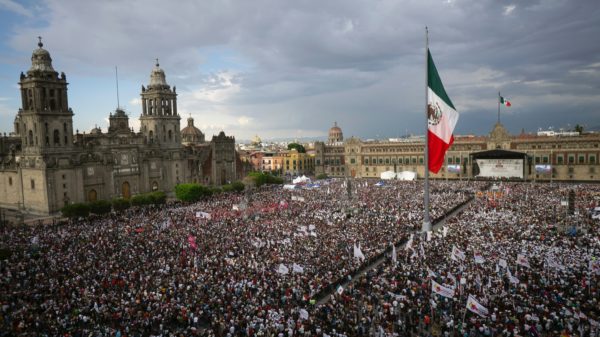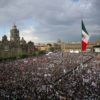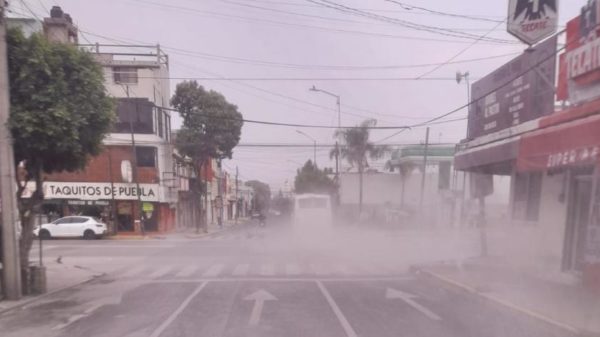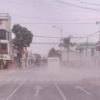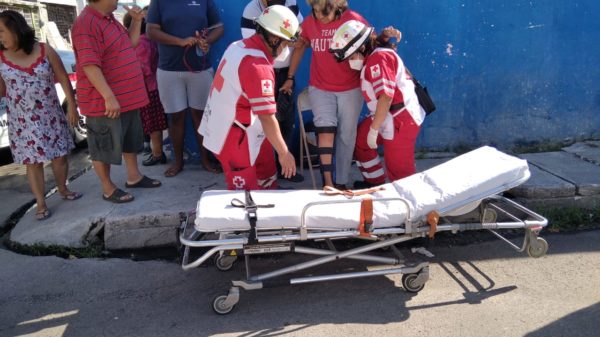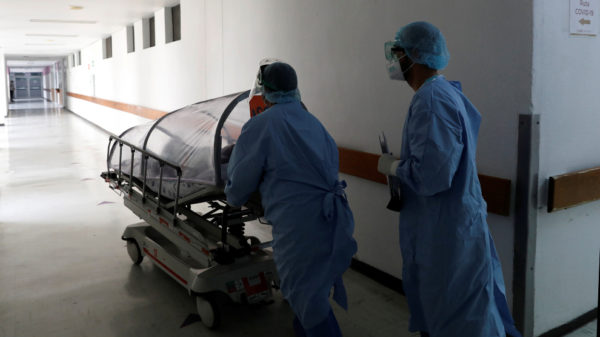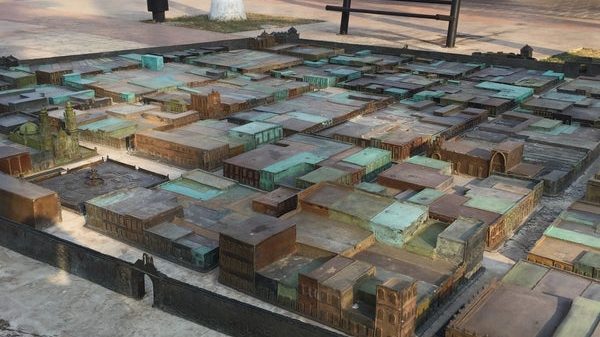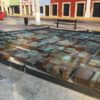Una formación de material volcánico de aproximadamente seis metros cúbicos fue captado flotando en un río de lava del volcán Kilauea en Hawai, Estados Unidos el pasado sábado.
El “iceberg” de lava fue capturado en video por el residente hawaiano Ikaika Marzo y compartido con Hawaii News Now, en donde se observa cómo circula por la lava sin perder su forma sólida.
El volcán Kilauea continúa haciendo erupción en una fisura ubicada en la Isla Grande de Hawai, enviando un flujo de roca fundida al océano.
Veinticuatro fisuras se han abierto en gran parte del distrito rural de la isla desde el 3 de mayo, pero la lava ha salido únicamente de una, informaron los científicos esta semana.
La lava de la octava fisura que se abrió a principios de mayo emitía fuentes de magma de hasta 67 metros (220 pies) de altura. No había actividad en las otras fisuras pero las aberturas nueve, 10 y 24 expulsaban gases, indicaron los científicos.
La lava de la octava fisura arrasó con los vecindarios costeros en solo dos días esta semana y destruyó cientos de hogares. La lava llenó la Bahía Kapoho y amplió el territorio de la Isla Grande, que ahora se extiende 1,2 kilómetros (casi una milla) más de donde estaba la costa antes.
Han pasado casi dos semanas desde que se formó la fisura más reciente. Los científicos no pueden predecir lo que pasará, pero indicaron que es posible que se abran otras fisuras que arrojan lava y que otras aberturas podrían reactivarse.




